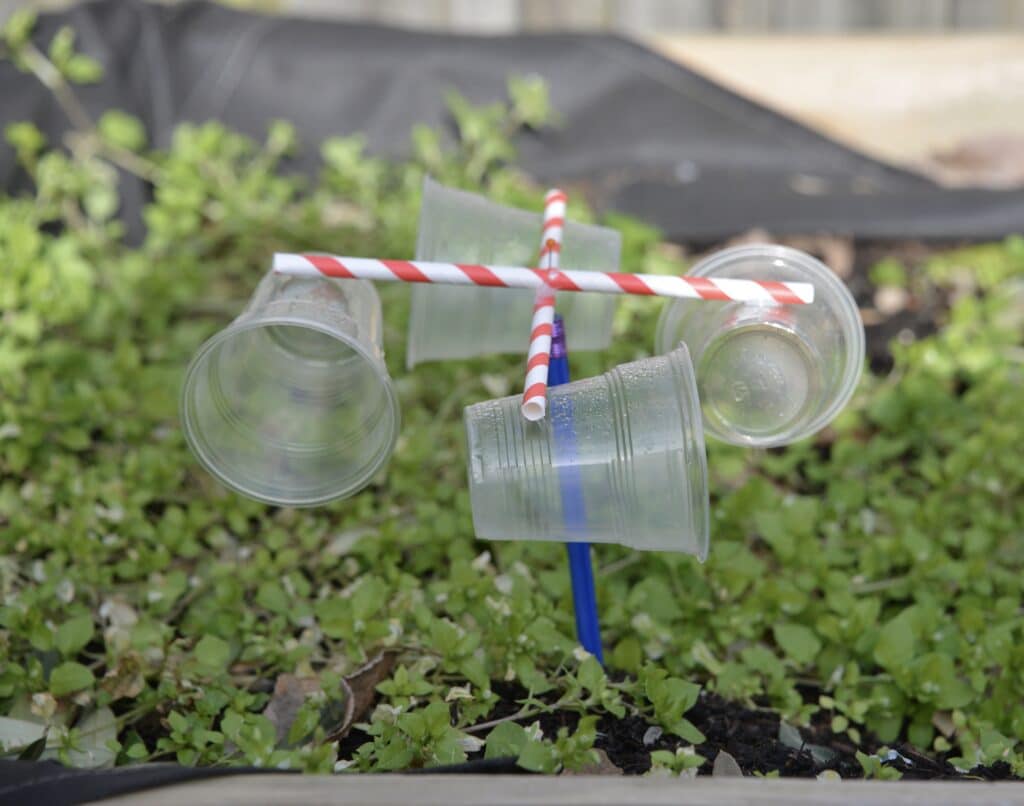Discovering the Functions and Advantages of Anemometers for Weather Condition Fanatics and Experts
From cup anemometers to sonic anemometers, each type brings its one-of-a-kind set of benefits and applications, dropping light on various elements of climatic problems. As we delve into the functions and advantages of anemometers, a deeper understanding arises not only of dominating weather condition sensations but additionally of the wider implications for sectors like wind energy production and ecological research study.
Significance of Anemometers in Weather Tracking
Anemometers play a critical function in climate monitoring by supplying accurate measurements of wind rate, aiding in projecting and understanding climate patterns. These tools, varying from conventional cup anemometers to modern-day ultrasonic anemometers, are essential for meteorologists, researchers, and climate fanatics alike.

Sorts Of Anemometers and Their Applications
The most common types of anemometers consist of mug anemometers, vane anemometers, hot-wire anemometers, and ultrasonic anemometers. Cup anemometers consist of three or 4 cups placed on horizontal arms that revolve with the wind, determining its rate. Vane anemometers, on the various other hand, make use of an openly revolving vane to line up with the wind direction, offering both wind speed and direction dimensions.
Each sort of anemometer has its distinct advantages and applications. Cup anemometers are durable and appropriate for general weather tracking, while vane anemometers are preferred for directional dimensions. Hot-wire anemometers are sensitive to low air speeds, making them perfect for interior atmospheres. Ultrasonic anemometers are non-intrusive and offer high precision, commonly utilized in study and specialized weather condition monitoring applications. Comprehending the attributes and applications of each sort of anemometer is critical for choosing the most ideal tool for details weather condition monitoring requirements.
Benefits of Using Anemometers in Projecting
In meteorology, the application of anemometers offers vital advantages for enhancing the accuracy of weather condition forecasting. Anemometers measure wind rate and instructions, giving critical information for anticipating weather condition patterns. By including wind information into projecting versions, meteorologists can much better comprehend the activity of weather systems, prepare for adjustments in weather, and issue a lot more exact forecasts.
In addition, anemometers play a vital duty in assessing potential weather condition hazards. Keeping an eye on wind rates assists forecasters anticipate severe weather events such as cyclones, twisters, and winter season tornados with greater precision. This very early warning system enables authorities to issue timely alerts and apply required precaution, reducing the risks to life and building.
Furthermore, anemometers assist in optimizing eco-friendly power manufacturing. By examining wind patterns, meteorologists can determine ideal places for wind farms and forecast energy output, adding to the efficient generation of wind visit their website power.

Anemometers in Wind Energy Production
Offered the important duty anemometers play in giving exact wind data for weather projecting and danger assessment, their value encompasses the world of wind energy production. Anemometers are important instruments in the area of wind power, where the measurement of wind speed and direction is vital for establishing the usefulness and effectiveness of wind generator installments. By accurately measuring wind rates at varying heights, anemometers help maximize the positioning and style of wind generators to maximize energy outcome.
In wind farms, anemometers are strategically put to gather real-time wind information that is made use of to analyze the potential power production of a website. This data contributes in figuring out the economic stability of wind energy jobs and in projecting energy generation to make certain grid stability. In addition, anemometers help in monitoring wind problems to optimize generator efficiency, avoid damage from high winds, and make certain the security of personnel operating in the area of wind generators.
Enhancing Climate Comprehending With Anemometers

Anemometers play a key function in enhancing our understanding of microclimates. These local weather can vary substantially from broader regional projections, making it necessary to have precise information for particular areas. anemometer. By tactically putting anemometers in various areas, scientists can collect thorough info on how wind acts in different terrains, city environments, or bodies of water
Moreover, anemometers contribute to enhancing weather projecting versions by providing real-time data on wind behavior. This information is specifically valuable for predicting serious weather occasions, maximizing farming techniques, and sustaining sectors like aviation and maritime navigation. Overall, anemometers are vital tools that enable us to her latest blog dig deeper right into the intricacies of weather condition systems, eventually resulting in even more better-informed decisions and precise predictions.
Conclusion
In verdict, anemometers play a critical duty in weather surveillance and projecting by determining wind speed and instructions. Anemometers also have applications in wind power production, more highlighting their importance in both meteorology and renewable power industries.
From mug anemometers to sonic anemometers, each kind brings its one-of-a-kind set of applications and benefits, shedding light on various elements of climatic problems. These tools, varying from typical mug anemometers to modern-day ultrasonic anemometers, are vital for meteorologists, researchers, and weather fanatics alike. The most usual types of click this link anemometers consist of cup anemometers, vane anemometers, hot-wire anemometers, and ultrasonic anemometers. Cup anemometers are durable and ideal for basic weather surveillance, while vane anemometers are favored for directional measurements. Anemometers are important instruments in the area of wind energy, where the dimension of wind rate and instructions is essential for identifying the usefulness and efficiency of wind generator installments.